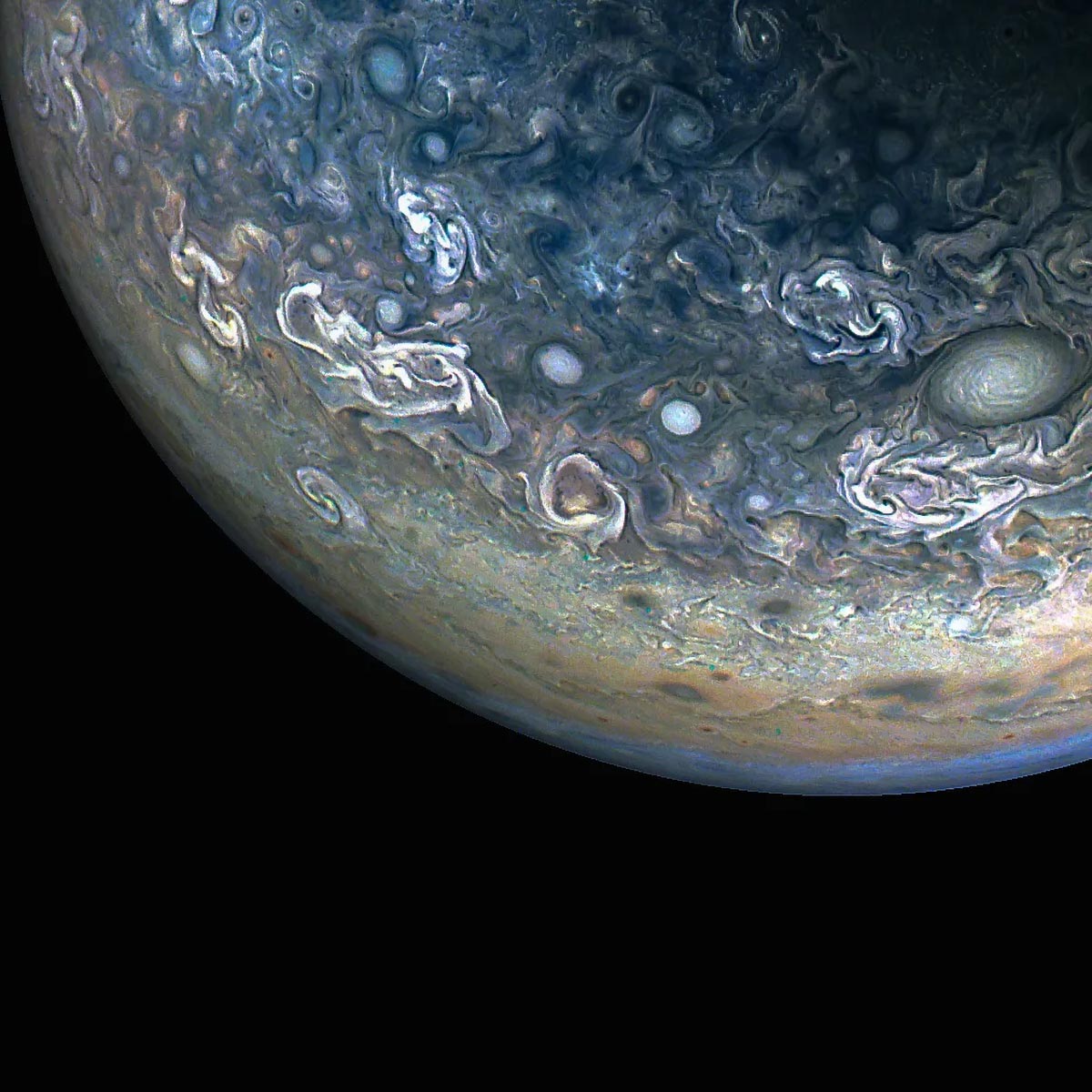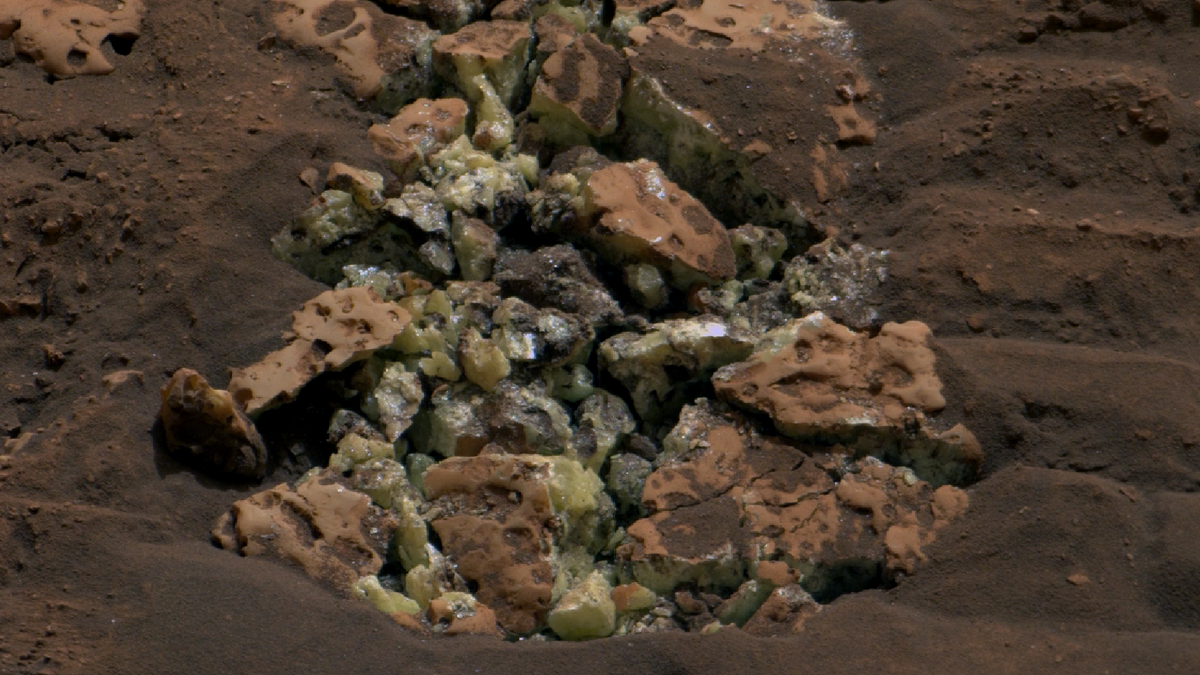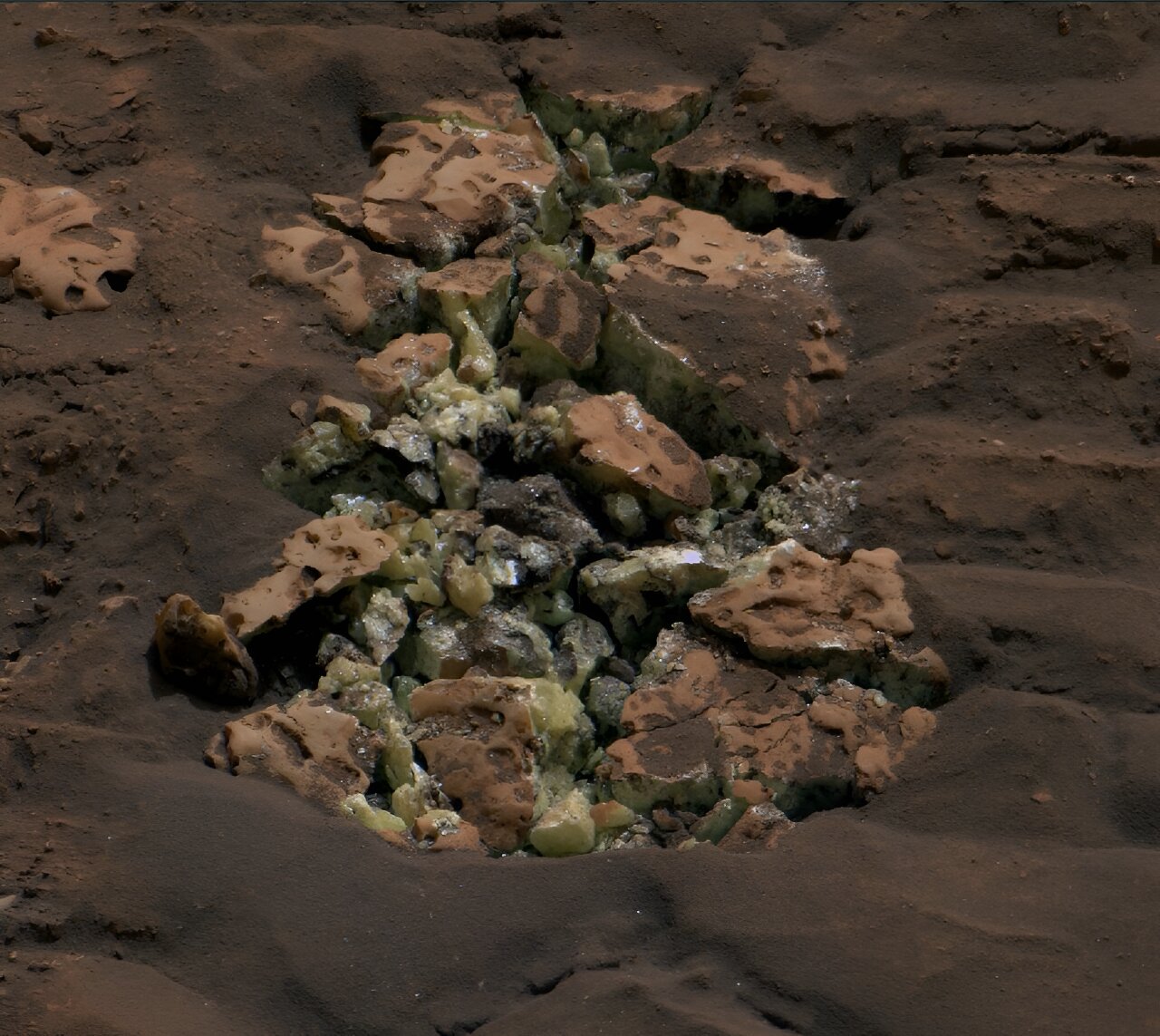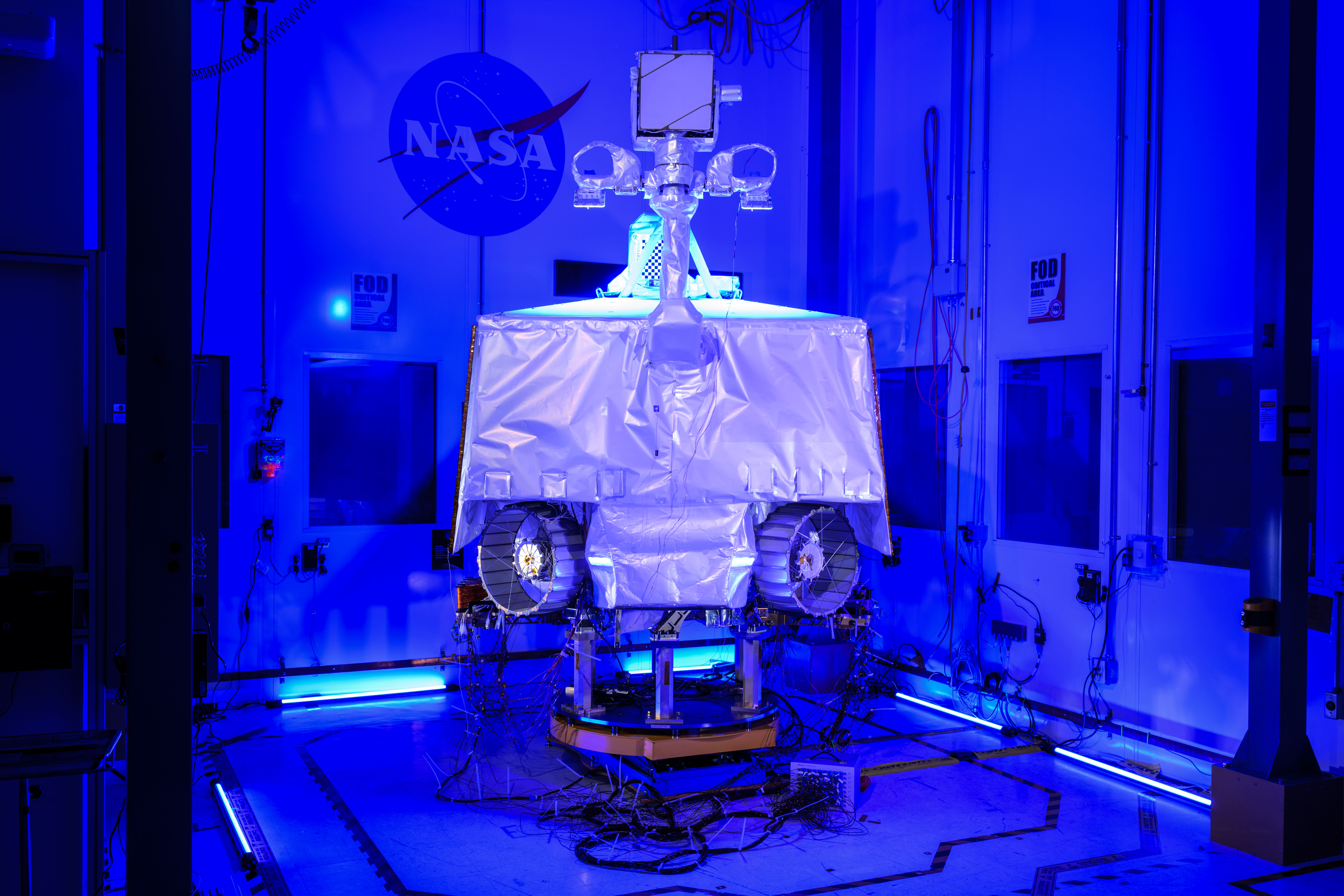National Aeronautics and Space Administration (NASA)
The National Aeronautics and Space Administration (NASA) is a United States government agency responsible for civil space exploration, research and development. Established in 1958, NASA has been at the forefront of numerous groundbreaking achievements in air and space exploration. Its primary mission is to explore the unknown, innovate for the benefit of humanity, and inspire people through discovery. With facilities across the country and international partners, NASA studies Earth science, our Sun, solar system and beyond. It operates the International Space Station and plans to establish a sustainable presence on the Moon through its Artemis campaign.
100%
The Daily's Verdict
This news site is known for its high journalistic standards. It strives to maintain neutrality and transparency in its reporting, and avoids conflicts of interest. It has a reputation for accuracy and rarely gets contradicted on major discrepancies in its reporting.
Bias
100%
Examples:
- NASA is a government agency dedicated to the exploration of air and space, with a focus on innovation and discovery.
Conflicts of Interest
100%
Examples:
- NASA is a government agency with no specific conflicts of interest as it operates for the benefit of humanity.
Contradictions
88%
Examples:
Deceptions
100%
Examples:
No current examples available.
Recent Articles

Discovering Cosmic Wonders: NASA's Chandra X-ray Observatory Releases Stunning Anniversary Images and Faces Uncertain Future
Broke On: Tuesday, 23 July 2024
Discovering Cosmic Wonders: NASA's Chandra X-ray Observatory Releases Stunning Anniversary Images and Faces Uncertain Future
Broke On: Tuesday, 23 July 2024
New Discoveries from Juno's 61st Flyby of Jupiter: Chaotic Clouds and Cyclonic Storms in the Folded Filamentary Region
Broke On: Sunday, 12 May 2024
Climate Change: How Melting Ice Caps are Extending Earth's Days
Broke On: Friday, 19 July 2024
Apollo 11: The Historic Moon Landing of 1969 and Its Commemoration in 2024
Broke On: Tuesday, 16 July 2024
NASA's Curiosity Rover Discovers Pure Sulfur Crystals on Mars
Broke On: Thursday, 30 May 2024
NASA's Curiosity Rover Discovers Abundance of Pure Sulfur on Mars
Broke On: Thursday, 18 July 2024
Planting the American Flag on the Moon: The Unforgettable Legacy of Apollo 11
Broke On: Sunday, 20 July 1969
NASA's Curiosity Rover Discovers Pure Elemental Sulfur on Mars
Broke On: Thursday, 30 May 2024